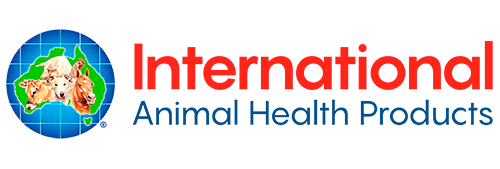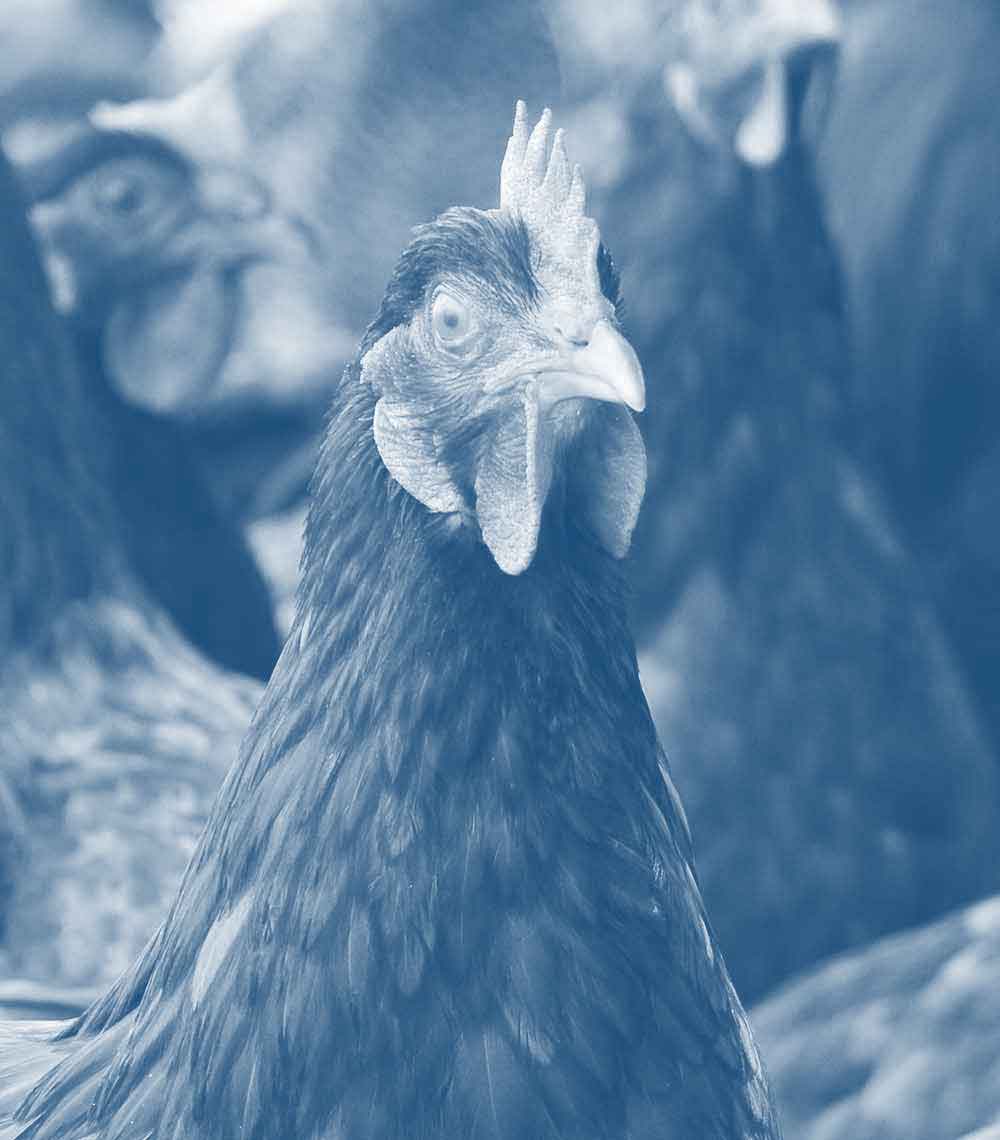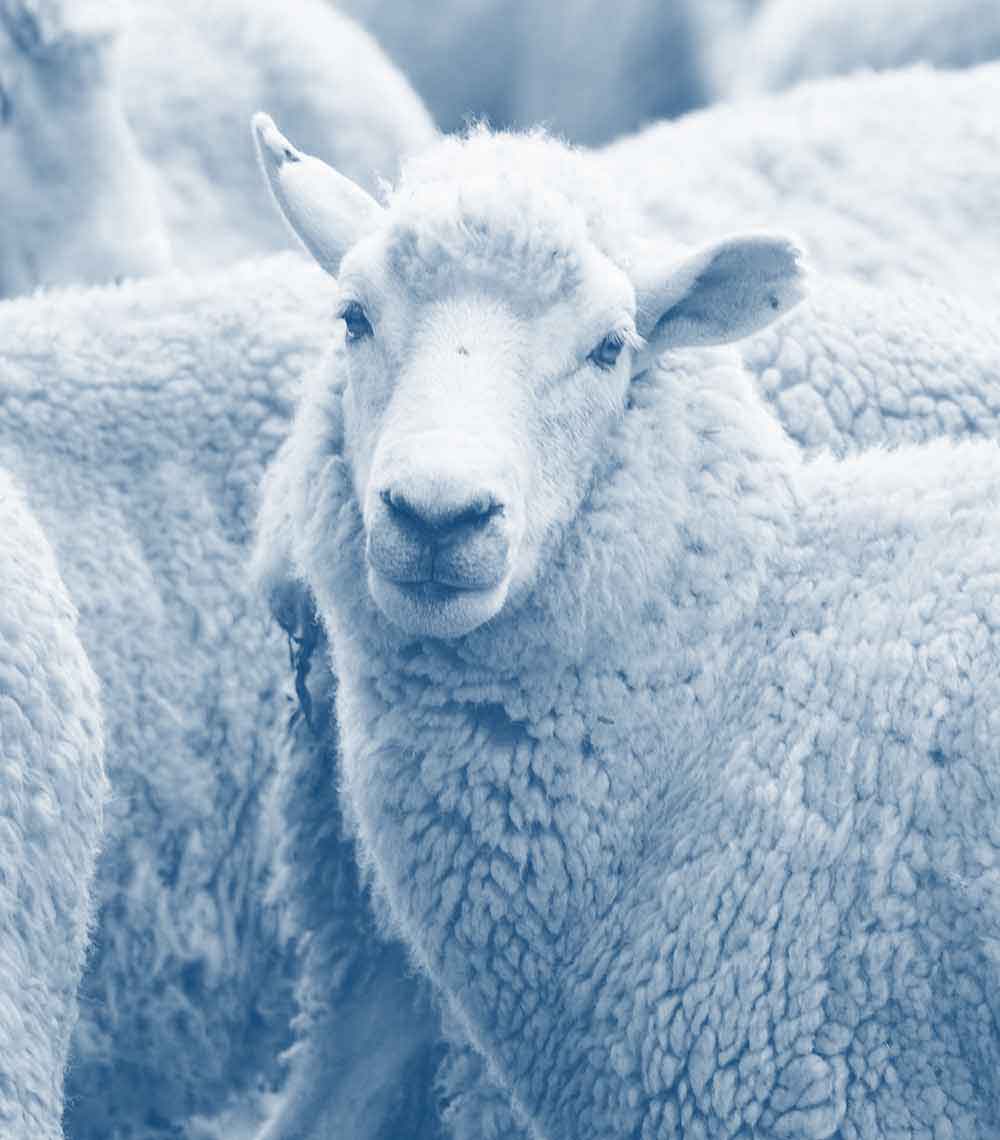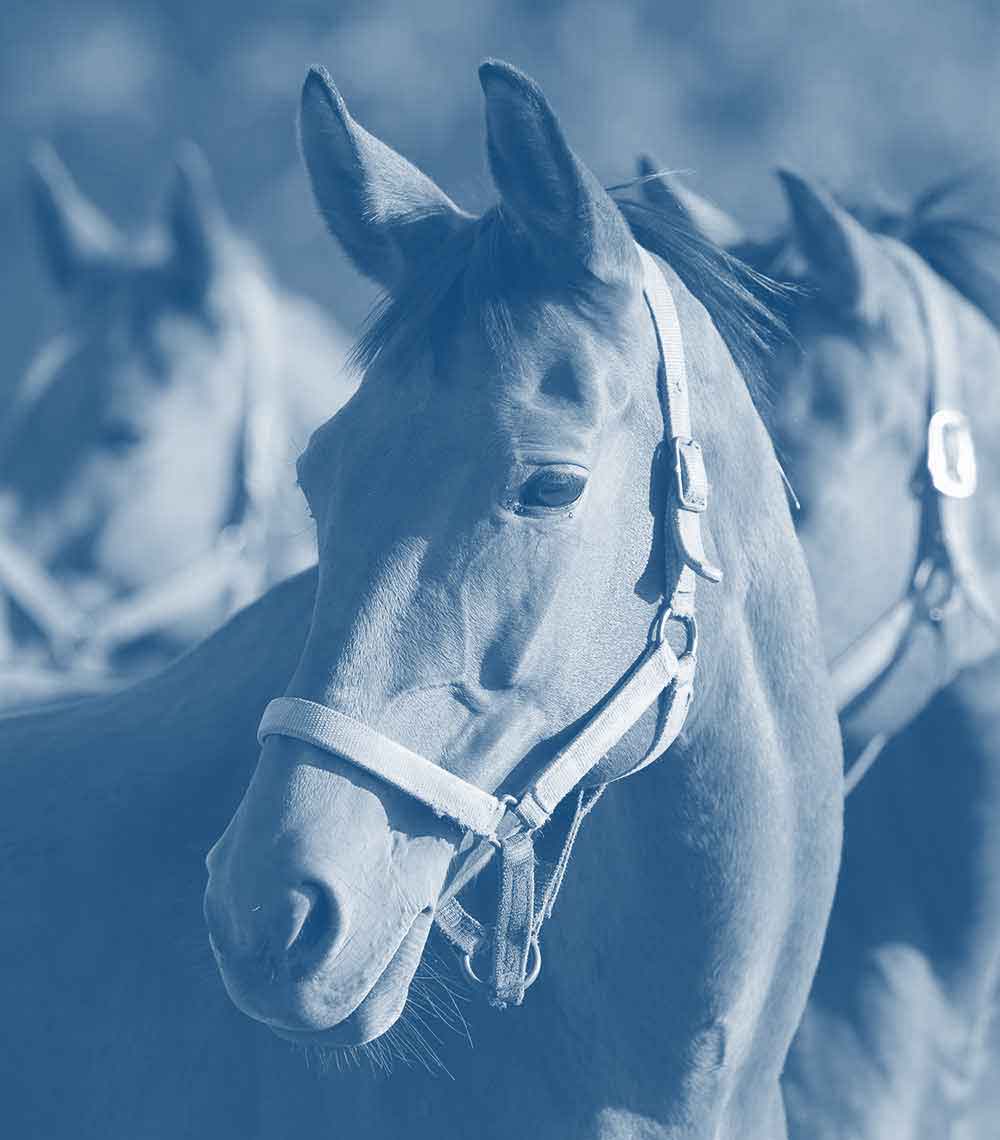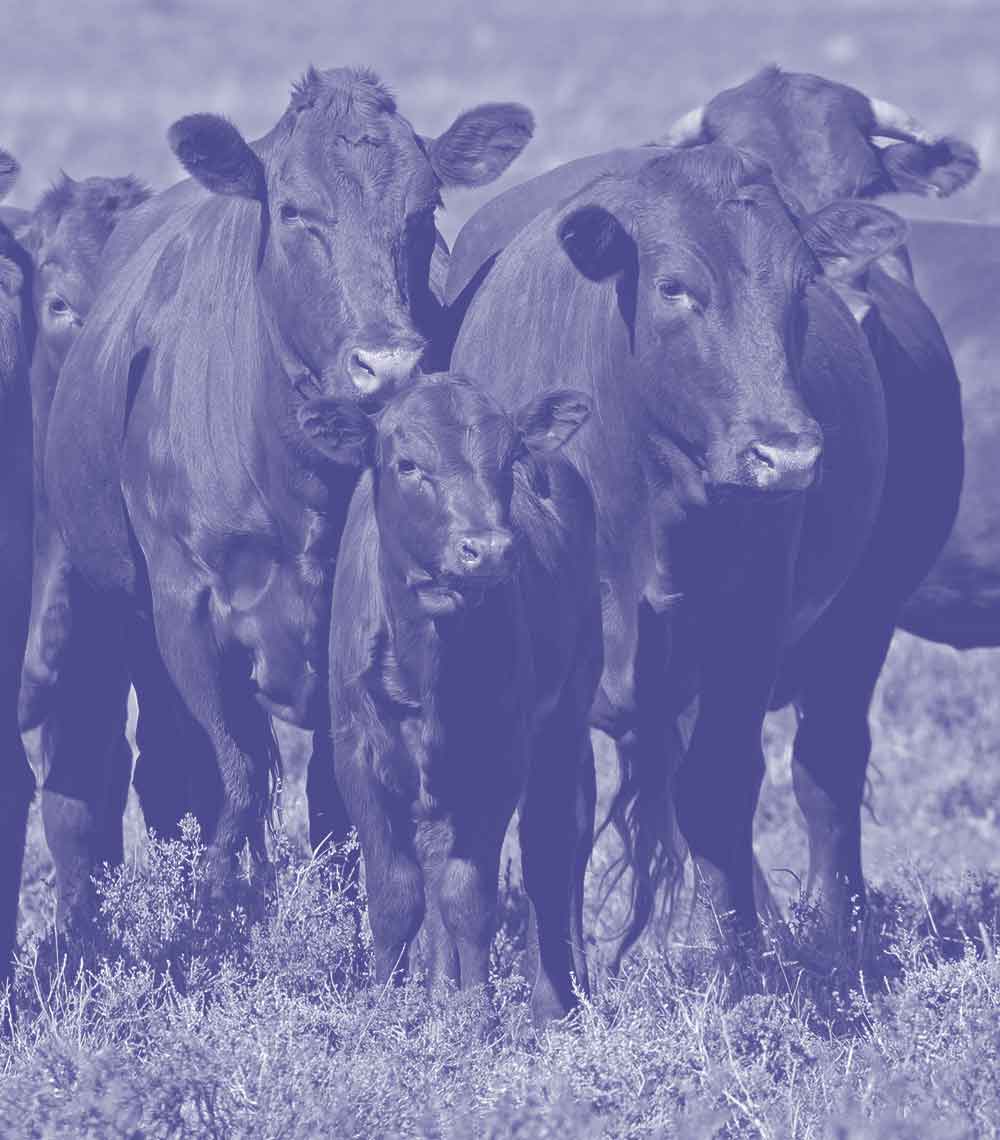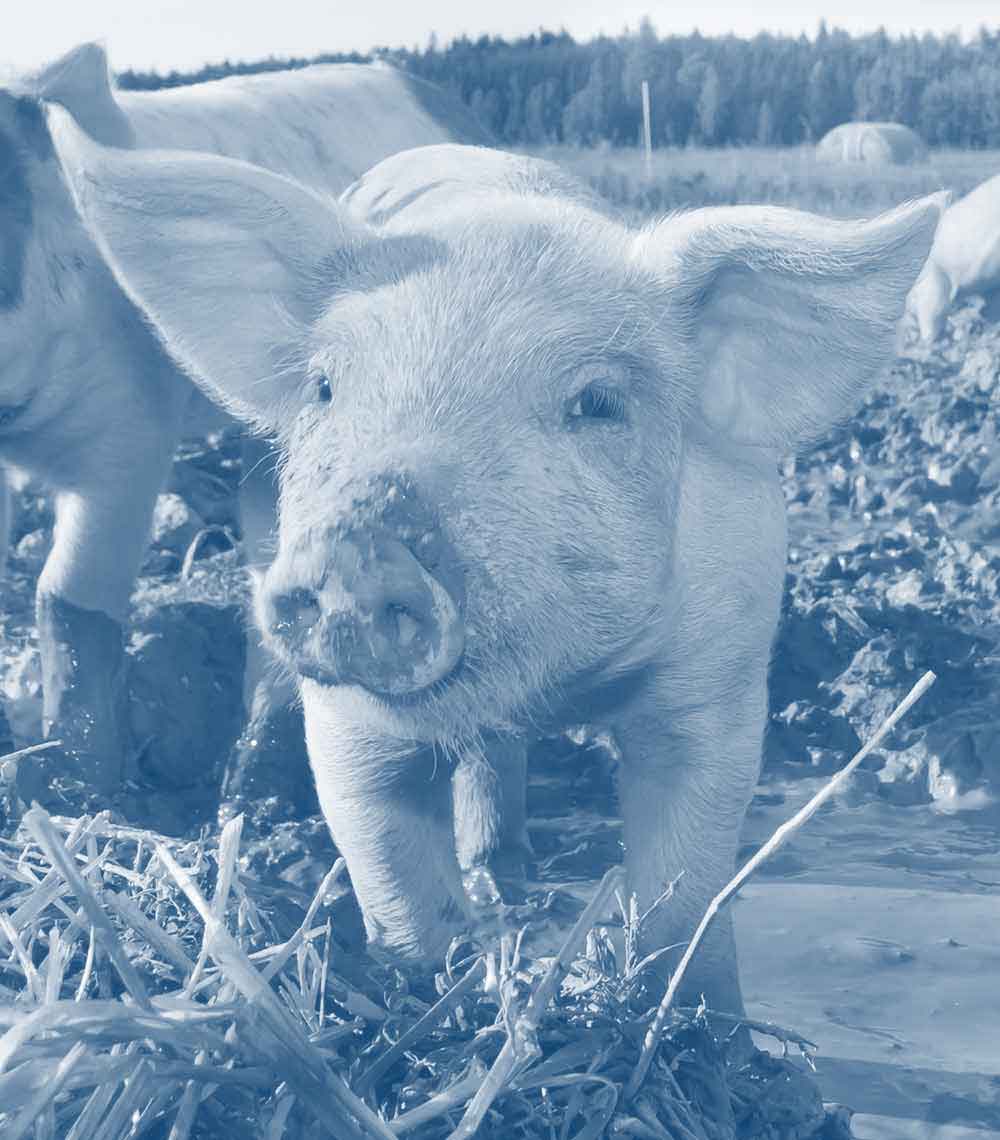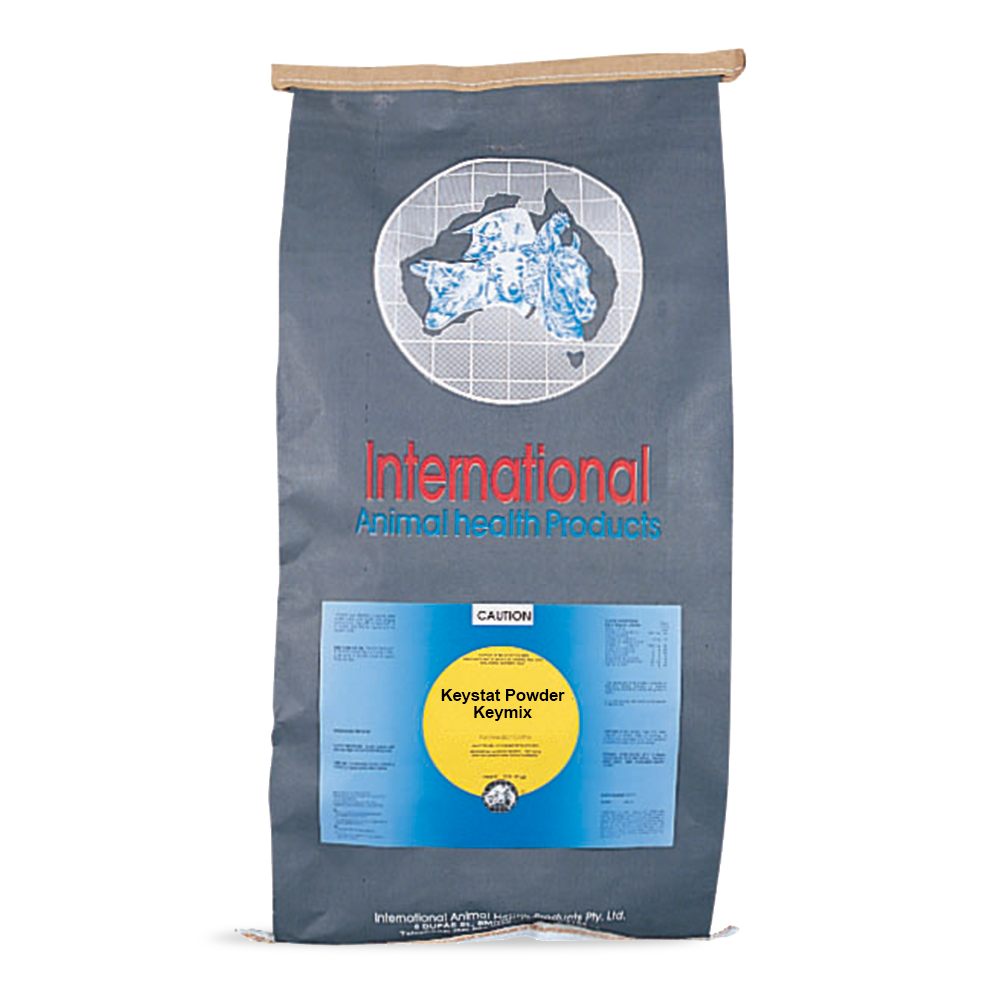
Coccidiosis Powder Treatment for Poultry
Broad spectrum feed additive coccidiostat powder for the treatment of coccidiosis and as an aid in the prevention of coccidiosis in poultry
- Contains twin anticoccidials - amprolium hydrochloride and ethopabate
- Amprolium hydrochloride exhibits high activity against E. tenella and E. acervuline
- Ethopabate has anticoccidial activity especially against E. maxima and E. brunetti
- The synergistic combination of amprolium and ethopabate is effective against E. necatrix
Pack sizes: 25 kg
Available: Australia
Q. Is a coccidiostat good for chickens?
Q. What is the treatment of coccidiosis poultry?
Anticoccidial Medications (Coccidiostats or Coccidiocides):
- Amprolium: One of the most common treatments. It works by inhibiting the parasite’s ability to uptake thiamine (vitamin B1), which they need to grow and reproduce.
- Ethopabate: Ethopabate is often combined with amprolium. It further enhances the anticoccidial effect by targeting a different metabolic pathway, making the combination more effective against Eimeria species.
- Sulfonamides: These medications, like sulphaquinoxaline, are used to treat clinical outbreaks of coccidiosis. They work by interfering with folic acid synthesis in the parasite.
- Ionophores: These are preventive anticoccidial medications added to feed like monensin. These are more for control rather than treatment once clinical signs appear.
- Toltrazuril: A more recent and effective treatment option that kills a broad spectrum of Eimeria species.
It's essential to monitor the flock regularly for signs of improvement and adjust treatment if necessary. A veterinarian's guidance is recommended for specific outbreak situations to tailor treatment based on the particular Eimeria species involved.
Keystat™ Powder
Active constituents: Each kg contains: AMPROLIUM 250 g ETHOPABATE 16 g
Contains twin anticoccidials that provide a synergistic effect which is highly effective in the control of major coccidiosis-causing Eimeria species of birds. Amprolium and ethopabate each have an individual spectrum of activity, which is enhanced by the combination. Amprolium hydrochloride acts upon the first generation schizont and is highly effective in controlling the early stage of infection targets. It exhibits high activity against Eimeria tenella, and E. acervulina. Ethopabate has anticoccidial activity especially against E. maxima and E. brunetti; and the synergistic combination of amprolium hydrochloride and ethopabate is effective against E. necatrix.
Downloads:S.D.S DATASHEET
